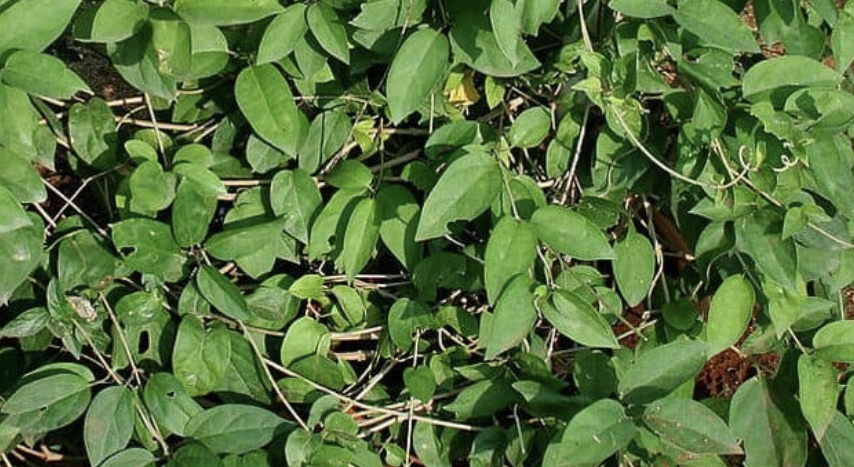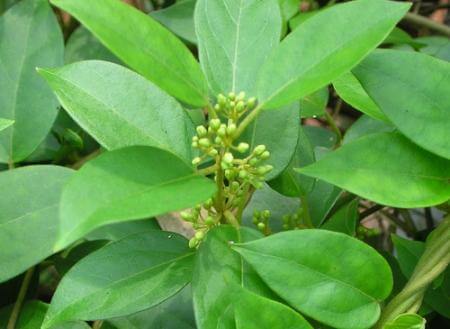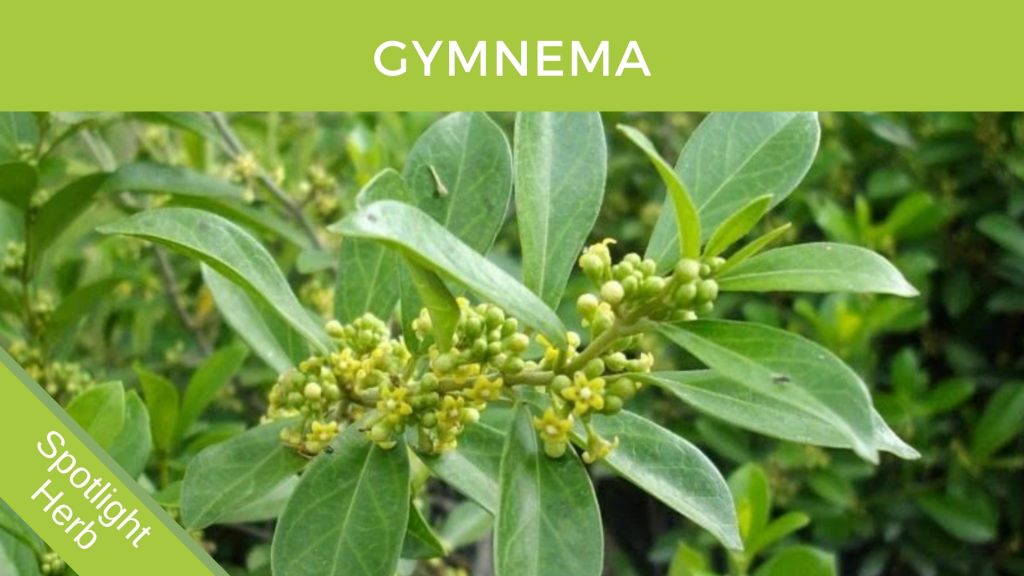- 1 year ago
- 5Minutes
- 1268Words
- 431Views
Here we will study the effects of the herb Gymnema, one of my favorites. With blood sugar problems escalating worldwide, Gymnema is an important herb.
(1) Phytochemical and Pharmacological Properties of Gymnema sylvestre: An Important Medicinal Plant PubMed http://www.ncbi.nlm.nih.gov/pmc/articles/PMC3912882/
(2) In vitro callus and in vivo leaf extract of Gymnema sylvestre stimulate β-cells regeneration and anti-diabetic activity in Wistar rats. PubMed http://www.ncbi.nlm.nih.gov/pubmed/20537514
(3) In vitro callus and in vivo leaf extract of Gymnema sylvestre stimulate β-cells regeneration and anti-diabetic activity in Wistar rats. PUBMED https://www.ncbi.nlm.nih.gov/pubmed/20537514
(4) Non-traditional therapies for diabetes: fact or fiction. PUBMED https://www.ncbi.nlm.nih.gov/pmc/articles/PMC3714056/#CIT0027
It is estimated that nearly 80% of the population depends on natural remedies for health care. Plants are a valuable source of a number of bioactive compounds like alkaloids, quinine, paclitaxel, opium alkaloids, quinine, atropine, and cardiac glycosides (digitalis, ouabain) to name a few. The first anti-diabetic drug, metformin, isolated from Galega officinalis, was a herbal formulation. Thus, it becomes very important to screen plants with pharmacological significance as a basis for the development of newer and more effective therapeutics. (1)
Gymnema can be found in the following Ultimate Herbal Health products:
Common names
English: Gymnema, less frequently called Cow plant.
Sanskrit: Meshashringi, Vishani, Madhunashini
Hindu: Vishani, Madhunashini Gurmar, Merasingi
History
Gymnema sylvestre is a native plant of tropical central and southern India. It is a large climber, known in India as “the destroyer of sugar” due to its effect on the taste sensation for sweet foods as well as its blood sugar balancing effects. Gymnema has been used for centuries in the treatment of diabetes, other blood sugar disorders, and cravings. It has been used as a natural folk medicine for maintaining optimal health since 6,000 B.C. Several tribes including the Santals in east-central India have used Gymnema sylvestre leaves for centuries.
Pharmacological constituents
The leaves of Gymnema contain oleanane-type triterpenoid saponins called gymnemic acids. The individual gymnemic acids (saponins) include gymnemic acids, I-VII, gymnemosides A-F, and gymnema-saponins. Gymnemic acids have anti-diabetic, anti-sweetener, and anti-inflammatory properties.

How Gymnema works
Gymnema has a three-pronged effect on lowering raised blood sugars:
1. It increases the production of insulin by a direct stimulating effect on beta cells in the islets of Langerhans of the pancreas. Beta cells produce insulin in response to blood glucose.
2. Research has shown that gymnema also improves glucose uptake into cells by increasing the activity of the glucose utilizing enzymes. Gymnemic acids also reduce extra glucose production by the liver.
3. When eaten, the leaves or the extract of gymnema have a powerful inhibitory effect on the ability to taste sweet substances. Coupled with the blood sugar balancing actions of gymnema this causes a great reduction in sugar cravings, enabling a person to naturally limit dietary intake of refined sugars and excessively sweet foods.
So successful is gymnema in lowering raised blood sugar levels that it can be used in type 2 diabetes to help reduce the number of prescribed drugs required. Care must be taken to monitor blood glucose levels and reduce drug dosage to avoid hypoglycemia.
Many studies have been published on the effects of gymnema. They have shown the plant to reduce excessive appetite, fatigue, blood glucose concentration as well as showing a favorable blood fat lowering effect. One study showed that gymnema therapy appears to enhance endogenous insulin, possibly by regeneration/revitalization of the residual beta cells in insulin-dependent diabetes mellitus.
Gymnema leaves can, in addition, be used to lower cholesterol and serum triglycerides.

Sugar craving reduction
Gymnema reduces the taste of sugar in the mouth and can potentially help with sugar cravings. (4)
Modern scientific methods have isolated at least nine different gymnemic acids which possess hypoglycemic activity. The effect of gymnema extract on lowering levels of blood glucose, cholesterol and triglycerides are fairly gradual – typically taking a few days to several weeks.
The atomic arrangements of gymnemic acids to the taste buds are similar to sugar molecules which fill the receptors in the taste buds preventing its activation by the sugar molecule in the food. Similarly, in the intestine it attaches to the receptor present in the external layer of the intestine, thereby preventing the absorption of sugar molecules by the intestine, leading to a reduction in blood sugar levels (1)
Balanced blood sugars are crucial in preventing adult-onset type 2 diabetes. They are also crucial for reducing the formation of fat in the body because when blood sugars are raised your body is stimulated to store this excess fuel as fat.
Hypoglycemic effect
The effect of gymnemic acids includes a cascade of events starting from modulation of incretin activity which triggers insulin secretion and release. (1)
Regeneration of the Pancreas
Gymnema also increases the regeneration of pancreatic islet cells to enhance enzyme-mediated uptake of glucose. (1)
The gymnemic acid of leaf and callus extracts significantly increases the regeneration of β-cells in treated rats, when compared with the standard diabetic rats. (2)
Another study demonstrated that administration of Gymnema sylvestre leaves (200 mg/kg) to alloxan-induced diabetic Wistar rats lowered blood glucose levels through the regeneration of pancreatic beta cells (3)
Dosage
Clinical studies investigating diabetes have typically used 200 or 400 mg extract daily, standardized to contain 25% gymnemic acids.
Side effects and contraindications
None have been reported. In one study it was concluded that there was no toxic effect in rats treated with gymnema at doses of more than 500 mg/kg for 52 weeks. That’s equivalent to 35gm per day for a 65kg adult.
Conclusion
The blood sugar-regulating effect of Gymnema makes it the perfect herb to use during a weight management program and to help curb the adult-onset of type 2 Diabetes. This is why it is used in the Ultimate Herbal SLIM in the product Satisfed and DETOX ‘n SLIM drink products. Long-term use is recommended for best results.
Products
Gymnema can be found in the following Ultimate Herbal Health products:
Brett Elliott ®





